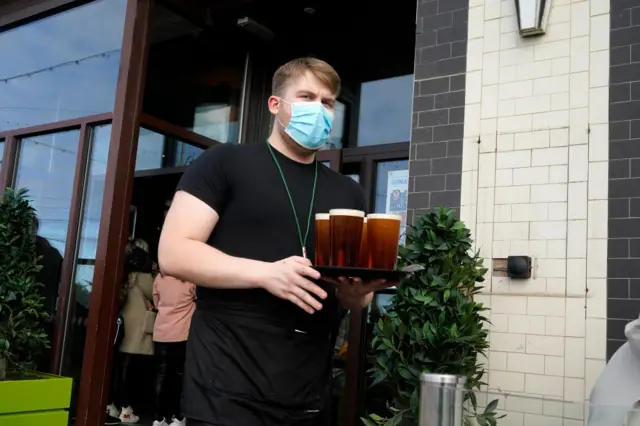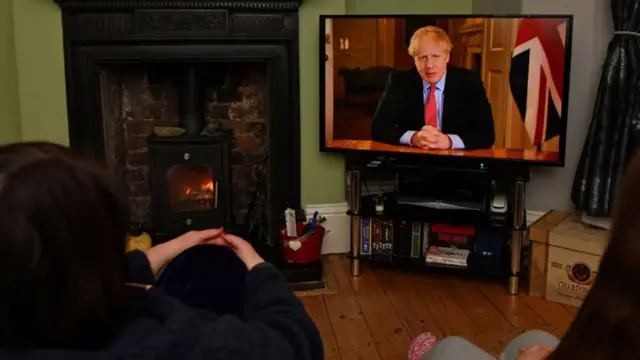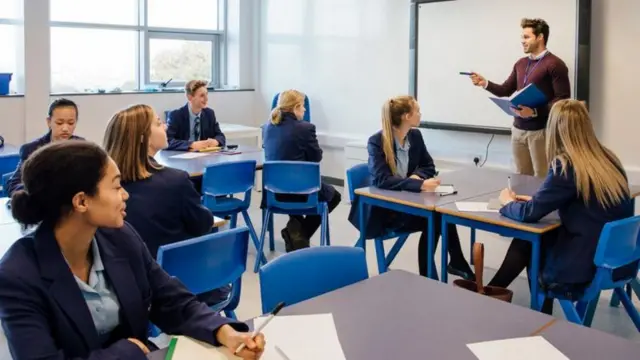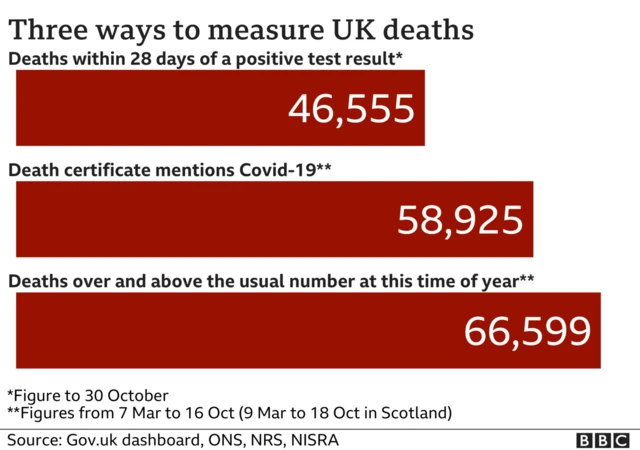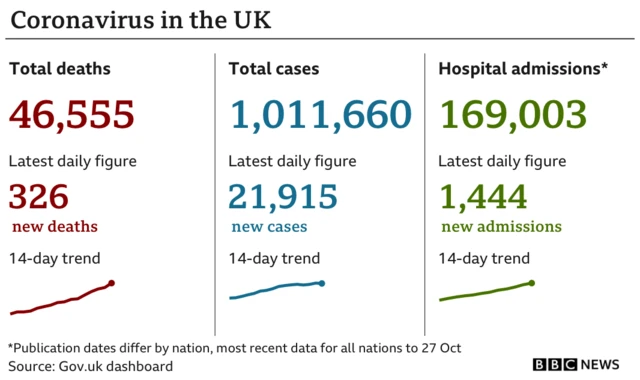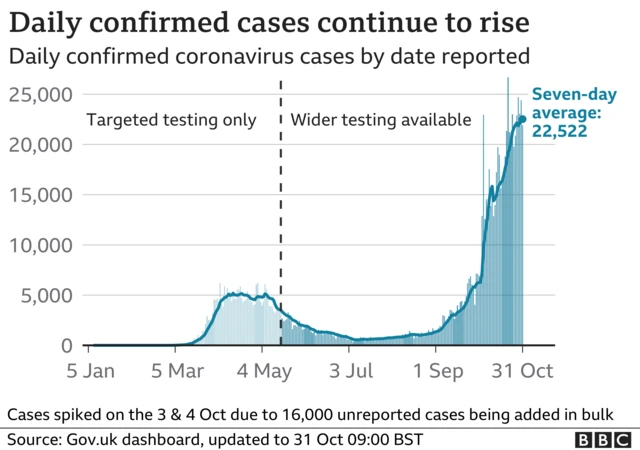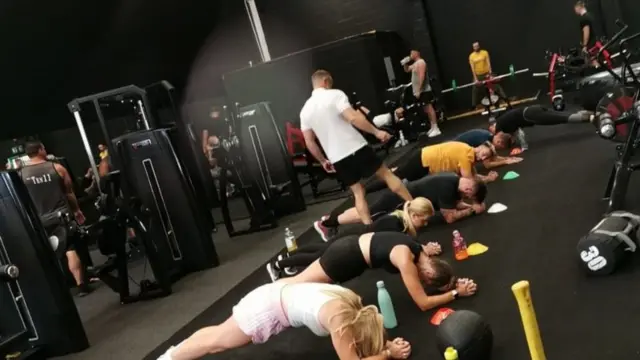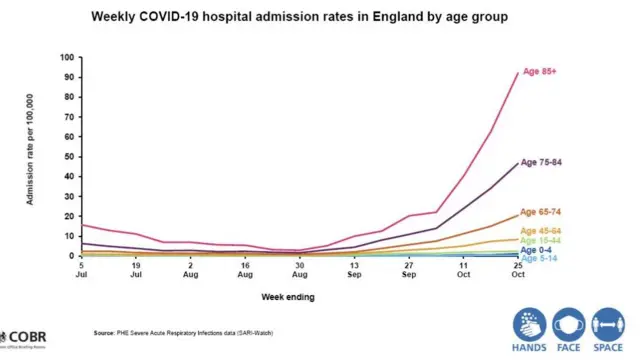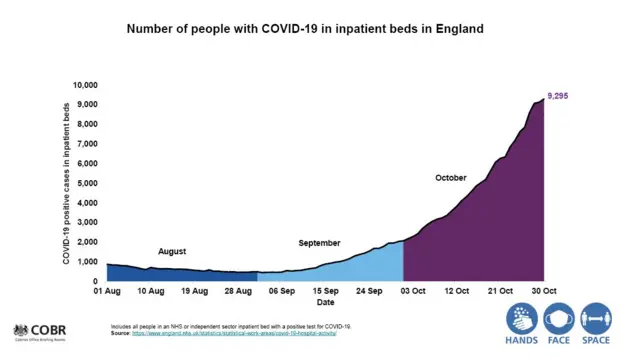That's all for todaypublished at 20:57 Greenwich Mean Time 31 October 2020published at 20:57 31 October 2020
We're ending our live coverage of the prime minster's briefing shortly, so thank you for joining us.
Today's live page was brought to you by John Hand, Jo Couzens, Hazel Shearing and Sophie Williams.

